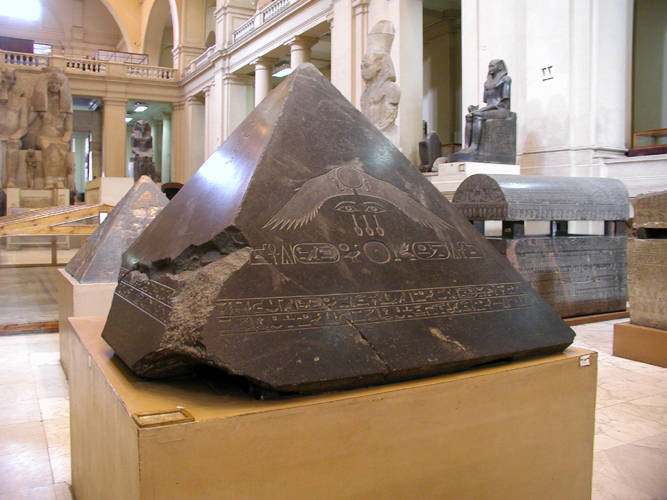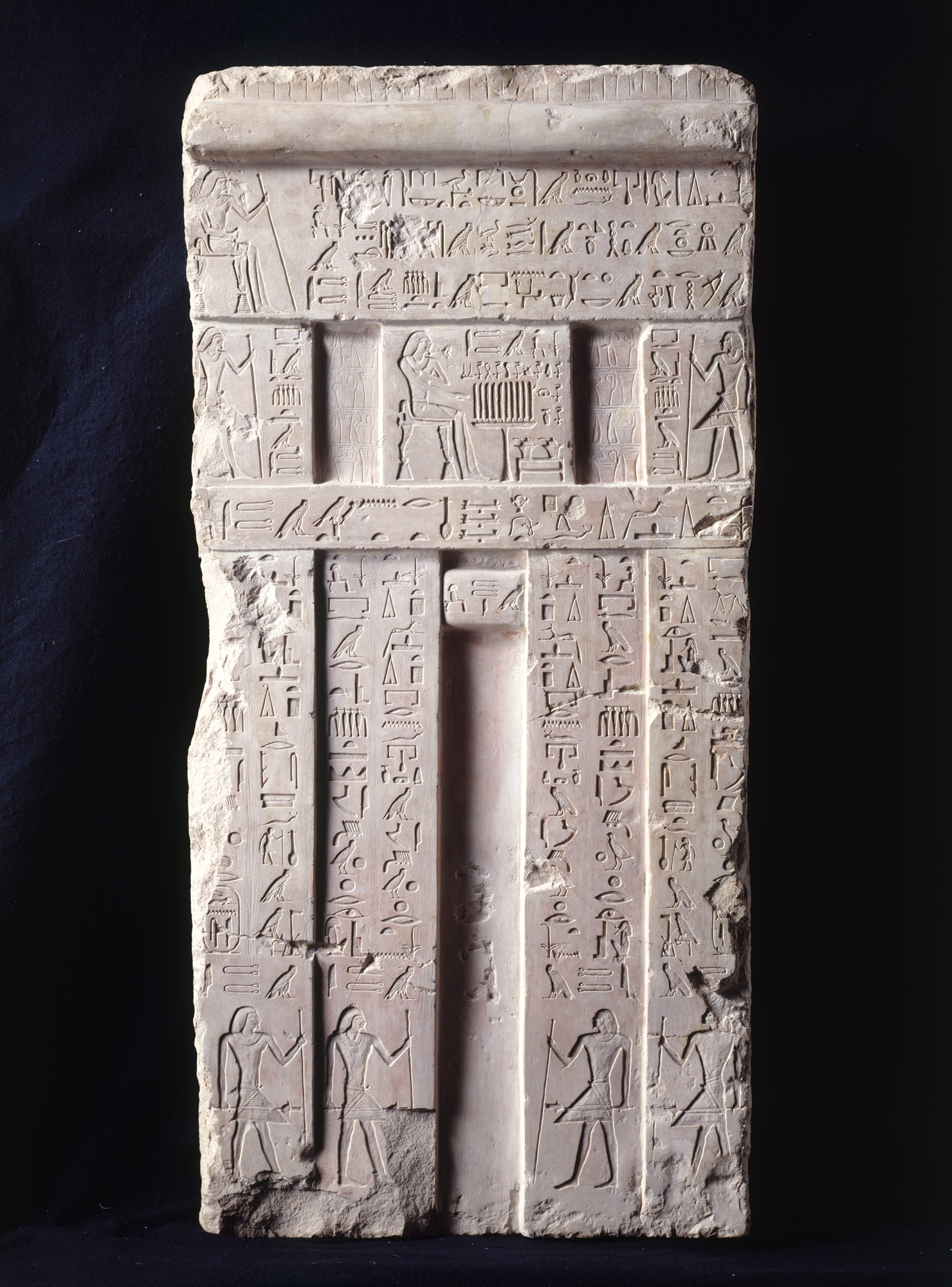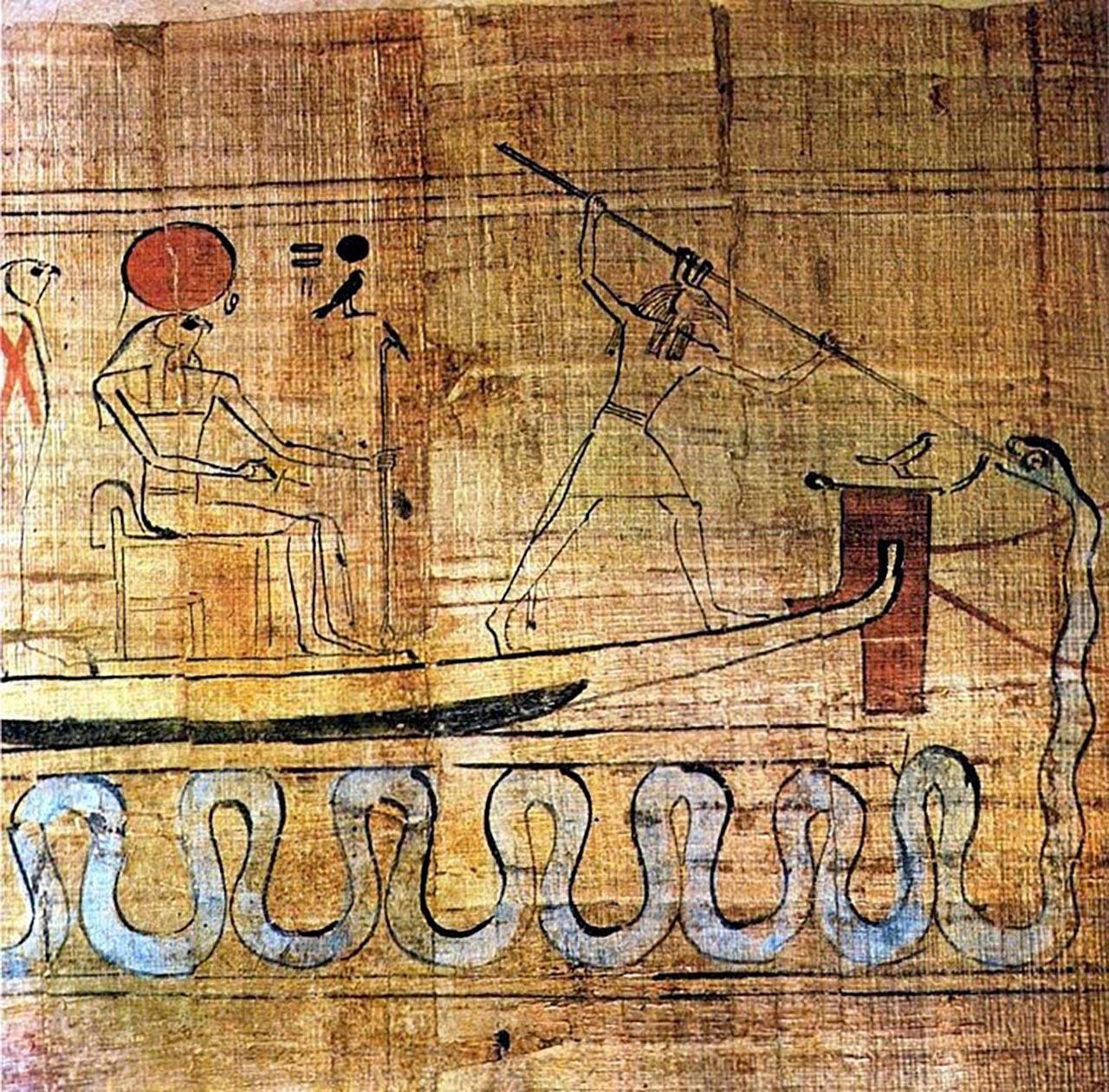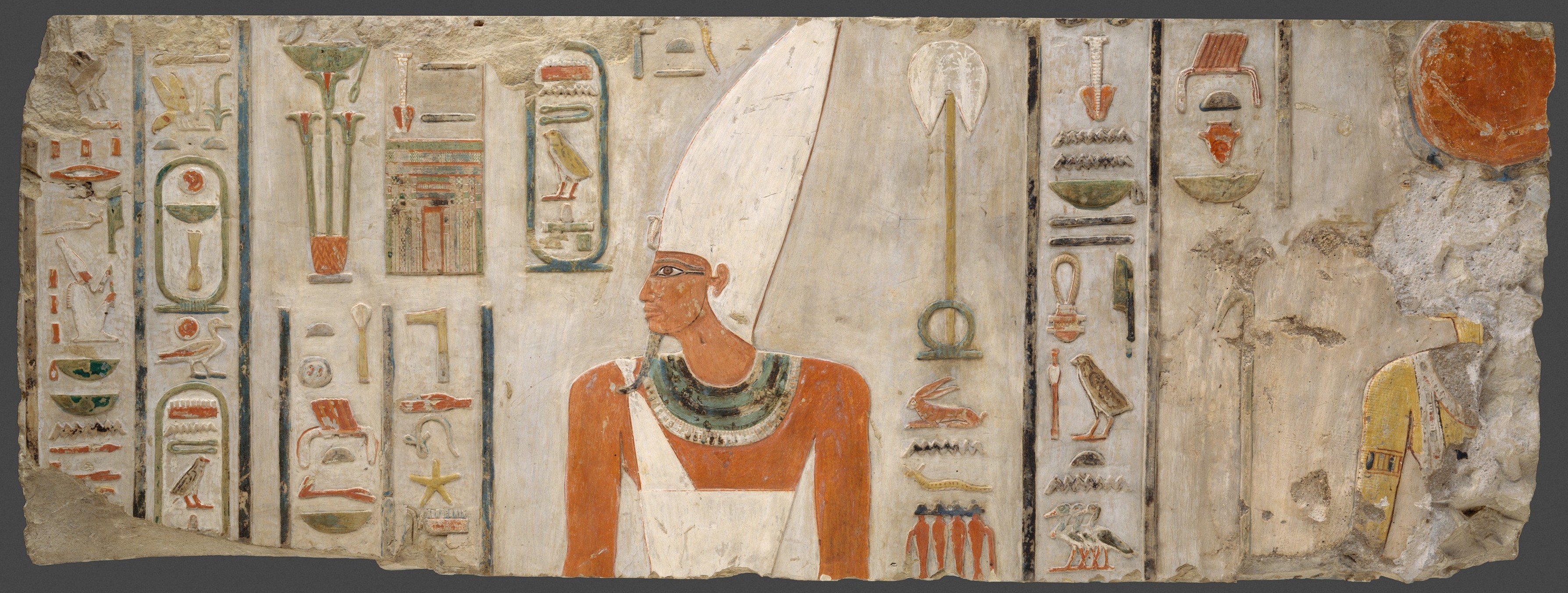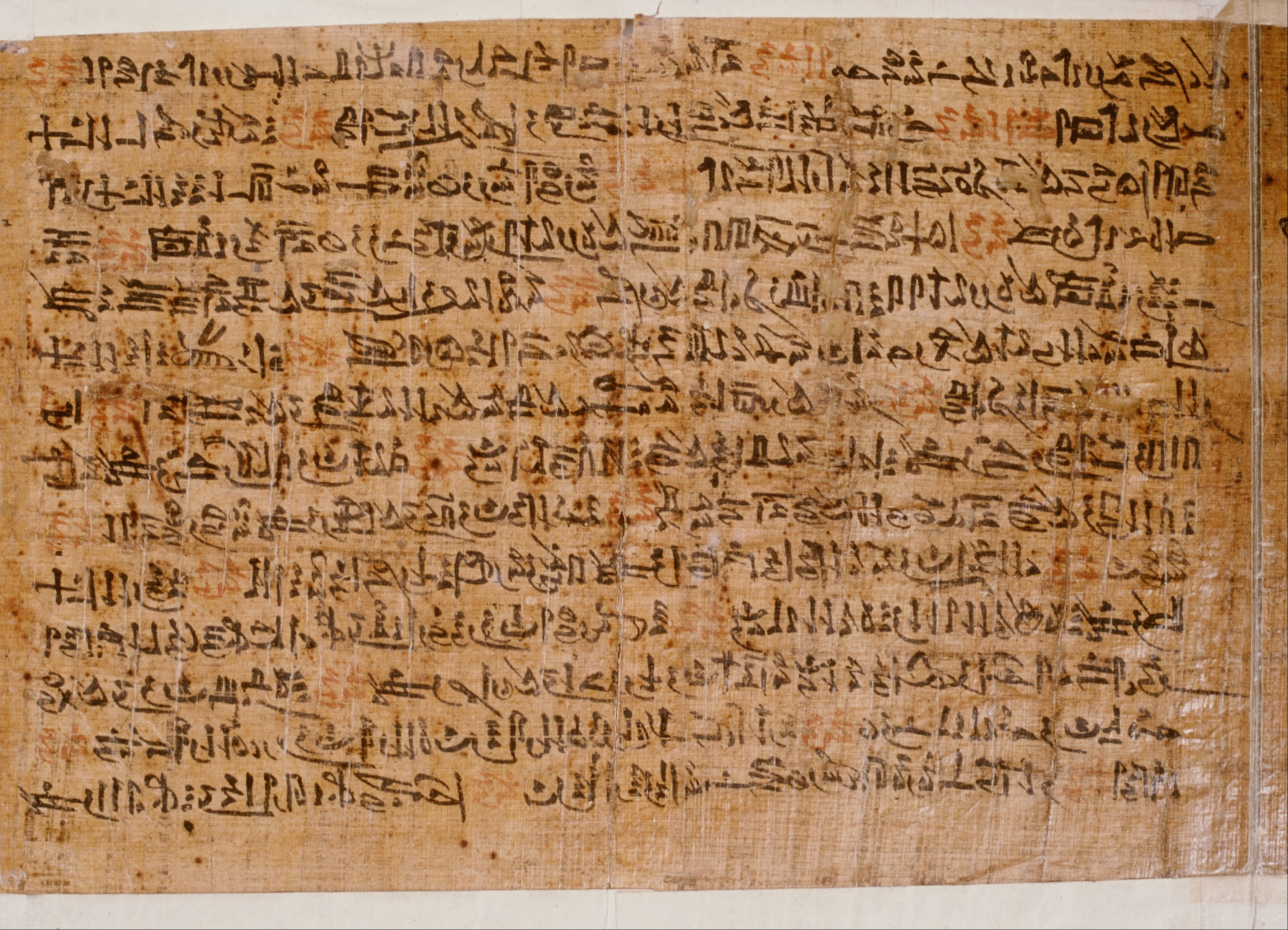|
Tatenen
Tatenen (also Ta-tenen, Tatjenen, Tathenen, Tanen, Tenen, Tanenu, and Tanuu) was the deity of the primordial mound in ancient Egyptian religion. His name means "risen land"Tatenen Retrieved 2009-10-21. or "exalted earth", Retrieved 2008-10-21. as well as referring to the of the . As a primeval deity, [...More Info...] [...Related Items...] OR: [Wikipedia] [Google] [Baidu] |
Ptah
Ptah ( ; , ; ; ; ) is an ancient Egyptian deity, a creator god, and a patron deity of craftsmen and architects. In the triad of Memphis, he is the husband of Sekhmet and the father of Nefertem. He was also regarded as the father of the sage Imhotep. Origin and symbolism Ptah is an Egyptian creator god who conceived the world and brought it into being through the creative power of speech. A hymn to Ptah dating to the Twenty-second Dynasty of Egypt says Ptah "crafted the world in the design of his heart," and the Shabaka Stone, from the Twenty-Fifth Dynasty, says Ptah "gave life to all the gods and their kas as well, through this heart and this tongue." Epithets He bears many epithets that describe his role in ancient Egyptian religion and its importance in society at the time: * ''Ptah the begetter of the first beginning'' * ''Ptah lord of truth'' * ''Ptah lord of eternity'' * ''Ptah who listens to prayers'' * ''Ptah master of ceremonies'' * ''Ptah master of jus ... [...More Info...] [...Related Items...] OR: [Wikipedia] [Google] [Baidu] |
Benben
In the Ancient Egyptian creation myths, creation myth of the Heliopolis (ancient Egypt), Heliopolitan form of ancient Egyptian religion, Benben was the mound that arose from the primordial waters Nu (mythology), Nu upon which the creator deity Atum settled. The Benben stone is associated with the top stone of a pyramid, which is called a pyramid's pyramidion (or ''benbenet''). It is also related to the obelisk. Primeval mound In the Pyramid Texts, e.g. Utterances 587 and 600, Atum himself is at times referred to as "mound". It was said to have turned into a small pyramid, located in Heliopolis (Egyptian language, Egyptian: ''Annu'' or ''Iunu''), within which Atum was said to dwell. Other cities developed their own myths of the primeval mound. At Memphis, Egypt, Memphis, the god Tatenen, an earth god and the origin of "all things in the shape of food and viands, divine offers, all good things", was the personification of the primeval mound. Benben stone The Benben stone, named af ... [...More Info...] [...Related Items...] OR: [Wikipedia] [Google] [Baidu] |
Memphis, Egypt
Memphis (, ; Bohairic ; ), or Men-nefer, was the ancient capital of Inebu-hedj, the first Nome (Egypt), nome of Lower Egypt that was known as ''mḥw'' ("North"). Its ruins are located in the vicinity of the present-day village of Mit Rahina (), in markaz (county) Badrashin, Giza, Egypt. Along with the Memphite Necropolis, pyramid fields that stretch on a desert plateau for more than on its west, including the famous Giza pyramid complex, Pyramids of Giza, Memphis and its necropolis have been listed as a World Heritage Site. The site is open to the public as an open-air museum. According to legends related in the early third century BC by Manetho, a priest and historian who lived in the Ptolemaic Kingdom during the Hellenistic period of ancient Egypt, the city was founded by Pharaoh, King Menes. It was the List of Egyptian capitals, capital of ancient Egypt (''Kemet'' or ''Kumat'') during both the Early Dynastic Period of Egypt, Early Dynastic Period and Old Kingdom and remain ... [...More Info...] [...Related Items...] OR: [Wikipedia] [Google] [Baidu] |
Khnum
Khnum, also romanised Khnemu (; , ), was one of the earliest-known Egyptian deities in Upper Egypt, originally associated with the Nile cataract. He held the responsibility of regulating the annual inundation of the river, emanating from the caverns of Hapi, the deity embodying the flood. Since the annual flooding of the Nile brought with it silt and clay, and its water brought life to its surroundings, he eventually became known as the creator of human bodies and the life force kꜣ ("''ka").'' Using a potter's wheel and clay, he fashioned these entities and placed them within their mothers' wombs. Often, his creative endeavors were overseen by another god. He was later described as having moulded the other deities, and was revered as the creator of the animal kingdom. Banebdjedet was the equivalent god in Lower Egypt. Worship of Khnum spanned from the First Dynasty and persisted even into the Greco-Roman period when rule by native dynasties had ended. Initially, his prima ... [...More Info...] [...Related Items...] OR: [Wikipedia] [Google] [Baidu] |
Nineteenth Dynasty Of Egypt
The Nineteenth Dynasty of Egypt (notated Dynasty XIX), also known as the Ramessid dynasty, is classified as the second Dynasty of the Ancient Egyptian New Kingdom of Egypt, New Kingdom period, lasting from 1292 BC to 1189 BC. The 19th Dynasty and the 20th Dynasty furthermore together constitute an era known as the ''Ramesside period''. This Dynasty was founded by Vizier (Ancient Egypt), Vizier Ramesses I, whom Pharaoh Horemheb chose as his successor to the throne. History Background The warrior kings of the early Eighteenth Dynasty of Egypt, 18th Dynasty had encountered only little resistance from neighbouring kingdoms, allowing them to expand their realm of influence easily, but the international situation had changed radically towards the end of the dynasty. The Hittites had gradually extended their influence into Syria and Canaan to become a major power in international politics, a power that both Seti I and his son Ramesses II would confront in the future. 19th Dynasty ... [...More Info...] [...Related Items...] OR: [Wikipedia] [Google] [Baidu] |
Old Kingdom
In ancient Egyptian history, the Old Kingdom is the period spanning –2200 BC. It is also known as the "Age of the Pyramids" or the "Age of the Pyramid Builders", as it encompasses the reigns of the great pyramid-builders of the Fourth Dynasty, such as King Sneferu, under whom the art of pyramid-building was perfected, and the kings Khufu, Khafre and Menkaure, who commissioned the construction of the pyramids at Giza. Egypt attained its first sustained peak of civilization during the Old Kingdom, the first of three so-called "Kingdom" periods (followed by the Middle Kingdom and New Kingdom), which mark the high points of civilization in the lower Nile Valley. The concept of an "Old Kingdom" as one of three "golden ages" was coined in 1845 by the German Egyptologist Baron von Bunsen, and its definition evolved significantly throughout the 19th and the 20th centuries. Not only was the last king of the Early Dynastic Period related to the first two kings of the Old Ki ... [...More Info...] [...Related Items...] OR: [Wikipedia] [Google] [Baidu] |
Djed
The ''djed'', also ''djt'' ( 𓊽, Coptic ''jōt'' "pillar", anglicized /dʒɛd/) is one of the more ancient and commonly found symbols in ancient Egyptian religion. It is a pillar-like symbol in Egyptian hieroglyphs representing stability. It is associated with the creator god Ptah and Osiris, the Egyptian god of the afterlife, the underworld, and the dead. It is commonly understood to represent his spine. Myth In the Osiris myth, Osiris was killed by Set by being tricked into a coffin made to fit Osiris exactly. Set then had the coffin with the now deceased Osiris flung into the Nile. The coffin was carried by the Nile to the ocean and on to the city of Byblos in Lebanon. It ran aground and a sacred tree took root and rapidly grew around the coffin, enclosing the coffin within its trunk. The king of the land, intrigued by the tree's quick growth, ordered the tree cut down and installed as a pillar in his palace, unaware that the tree contained Osiris's body. Meanwhile, Isis ... [...More Info...] [...Related Items...] OR: [Wikipedia] [Google] [Baidu] |
Falcon
Falcons () are birds of prey in the genus ''Falco'', which includes about 40 species. Some small species of falcons with long, narrow wings are called hobbies, and some that hover while hunting are called kestrels. Falcons are widely distributed on all continents of the world except Antarctica, though closely related raptors did occur there in the Eocene. Adult falcons have thin, tapered wings, which enable them to fly at high speed and change direction rapidly. Fledgling falcons, in their first year of flying, have longer flight feathers, which make their configuration more like that of a general-purpose bird such as a broadwing. This makes flying easier while still learning the aerial skills required to be effective hunters like the adults. The falcons are the largest genus in the Falconinae subfamily of Falconidae, which also includes two other subfamilies comprising caracaras and a few other species of "falcons". All these birds kill prey with their beaks, using a ... [...More Info...] [...Related Items...] OR: [Wikipedia] [Google] [Baidu] |
Apep
Apophis (; ), also known as Apep () or Aphoph (, ) Erman, Adolf, and Hermann Grapow, eds. 1926–1953. ''Wörterbuch der aegyptischen Sprache im Auftrage der deutschen Akademien''. 6 vols. Leipzig: J. C. Hinrichs'schen Buchhandlungen. (Reprinted Berlin: Akademie-Verlag GmbH, 1971). is the ancient Egyptian deity who embodied darkness and disorder, and was thus the opponent of light and Maat (order/truth). Ra was the bringer of light and hence the biggest opposer of Apophis. Features Because Ra was the solar deity, bringer of light, and thus the upholder of Maat, Apophis was viewed as the greatest enemy of Ra, and thus was given the title ''Enemy of Ra'', and also "the Lord of Chaos". "The Lord of Chaos" was seen as a giant snake or serpent leading to such titles as ''Serpent from the Nile'' and ''Evil Dragon''. Some elaborations said that he stretched 16 yards in length and had a head made of flint. Presented on a Naqada I (c. 4000–3550 BCE) C-ware bowl (now ... [...More Info...] [...Related Items...] OR: [Wikipedia] [Google] [Baidu] |
Middle Kingdom Of Egypt
The Middle Kingdom of Egypt (also known as The Period of Reunification) is the period in the history of ancient Egypt following a period of political division known as the First Intermediate Period of Egypt, First Intermediate Period. The Middle Kingdom lasted from approximately 2040 to 1782 BC, stretching from the reunification of Egypt under the reign of Mentuhotep II in the Eleventh Dynasty of Egypt, Eleventh Dynasty to the end of the Twelfth Dynasty of Egypt, Twelfth Dynasty. The kings of the Eleventh Dynasty ruled from Thebes, Egypt, Thebes and the kings of the Twelfth Dynasty ruled from Lisht, el-Lisht. The Periodization of ancient Egypt, concept of the Middle Kingdom as one of three golden ages was coined in 1845 by German Egyptologist Christian Charles Josias von Bunsen, Baron von Bunsen, and its definition evolved significantly throughout the 19th and 20th centuries. Some scholars also include the Thirteenth Dynasty of Egypt wholly into this period, in which case the Mi ... [...More Info...] [...Related Items...] OR: [Wikipedia] [Google] [Baidu] |
First Intermediate Period Of Egypt
The First Intermediate Period, described as a 'dark period' in ancient Egyptian history, spanned approximately 125 years, c. 2181–2055 BC, after the end of the Old Kingdom. It comprises the Seventh (although this is mostly considered spurious by Egyptologists), Eighth, Ninth, Tenth, and part of the Eleventh Dynasties. The concept of a "First Intermediate Period" was coined in 1926 by Egyptologists Georg Steindorff and Henri Frankfort. Very little monumental evidence survives from this period, especially from the beginning of the era. The First Intermediate Period was a dynamic time in which rule of Egypt was roughly equally divided between two competing power bases. One of the bases was at Heracleopolis in Lower Egypt, a city just south of the Faiyum region, and the other was at Thebes, in Upper Egypt. It is believed that during that time, temples were pillaged and violated, artwork was vandalized, and the statues of kings were broken or destroyed as a result of the pos ... [...More Info...] [...Related Items...] OR: [Wikipedia] [Google] [Baidu] |

